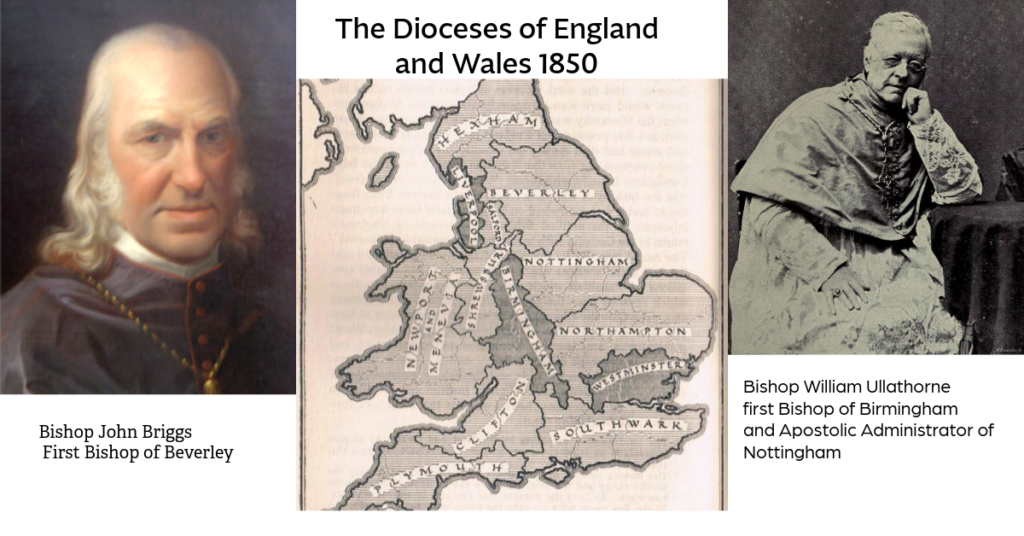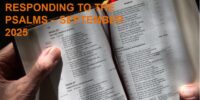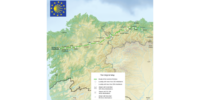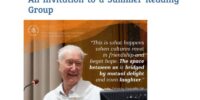
Monday, 29 September 2025 marks an important anniversary for the Catholic Church in our countries. On that day 175 years ago, Pope Pius IX through the Papal Bull Universalis Ecclesiae restored the Catholic hierarchy in England and Wales creating 13 new dioceses. There was still strong anti-Catholic sentiment in the country at the time, and to avoid contention the name of Westminster was chosen for the new Metropolitan See rather than the ancient title of London. On 29 September 1850, Nicholas Wiseman was appointed as the first Archbishop of Westminster and elevated to the rank of cardinal the following day. He was the first English cardinal since the Reformation. Catholic emancipation was a long-running movement in the 19th century spearheaded by Daniel O’Connell, an Irish barrister and MP who set up the Catholic Association in 1823 to bring an end to religious discrimination against Catholics in the UK. The so-called Catholic Emancipation Act, the Roman Catholic Relief Act of 1829, allowed Catholics to sit as MPs and hold most public offices. 21 years later, in 1850, Pope Pius IX restored the hierarchy.
On this day Bishop John Briggs was appointed as the first Bishop of the Diocese of Beverley and Bishop William Bernard Ullathorne was appointed Apostolic Administrator of the Diocese of Nottingham. In 1878 the diocese of Beverley was divided into the dioceses of Leeds and Middlesbrough and in 1980 parts of the dioceses of Leeds and Nottingham became the diocese of Hallam.
John Briggs was born in Barton Moss, Lancashire on 22 January 1833, and was ordained priest in 1814. He ministered in the North of England, becoming President of St Cuthbert’s College, Ushaw in 1828. He was consecrated as Coadjutor Vicar Apostolic of the Northern District in 1833 and in 1840, he was appointed Vicar Apostolic of the Yorkshire District. He became the first bishop of the new see of Beverely on 29 September 1850.
Bishop William Bernard Ullathorne was born in 1806 in Yorkshire. He became a Benedictine of Downside and was ordained priest in 1831. Two years later, he went to Australia. On his return to England in 1841, he served in Coventry and was consecrated Vicar-Apostolic of the Western District in 1847. The following year he was transferred to the Central District, and in 1850, he became first Bishop of Birmingham and was appointed Apostolic Administrator of the Diocese of Nottingham for the first nine months of its existence.
We clung to the vision of past greatness, and would not believe it could come to nought; but the Church in England has died, and the Church lives again. Westminster and Nottingham, Beverley and Hexham, Northampton and Shrewsbury, if the world lasts, shall be names as musical to the ear, as stirring to the heart, as the glories we have lost; and Saints shall rise out of them if God so will, and Doctors once again shall give the law to Israel, and Preachers call to penance and to justice, as at the beginning.
The Second Spring: A Sermon Delivered to the First Provincial Council of Westminster, 1852 St John Henry Newman who will be formally declared as a Doctor of the Church on 1 November 2025






